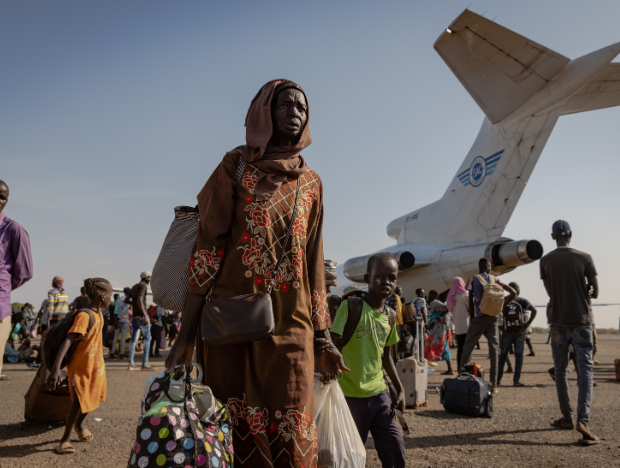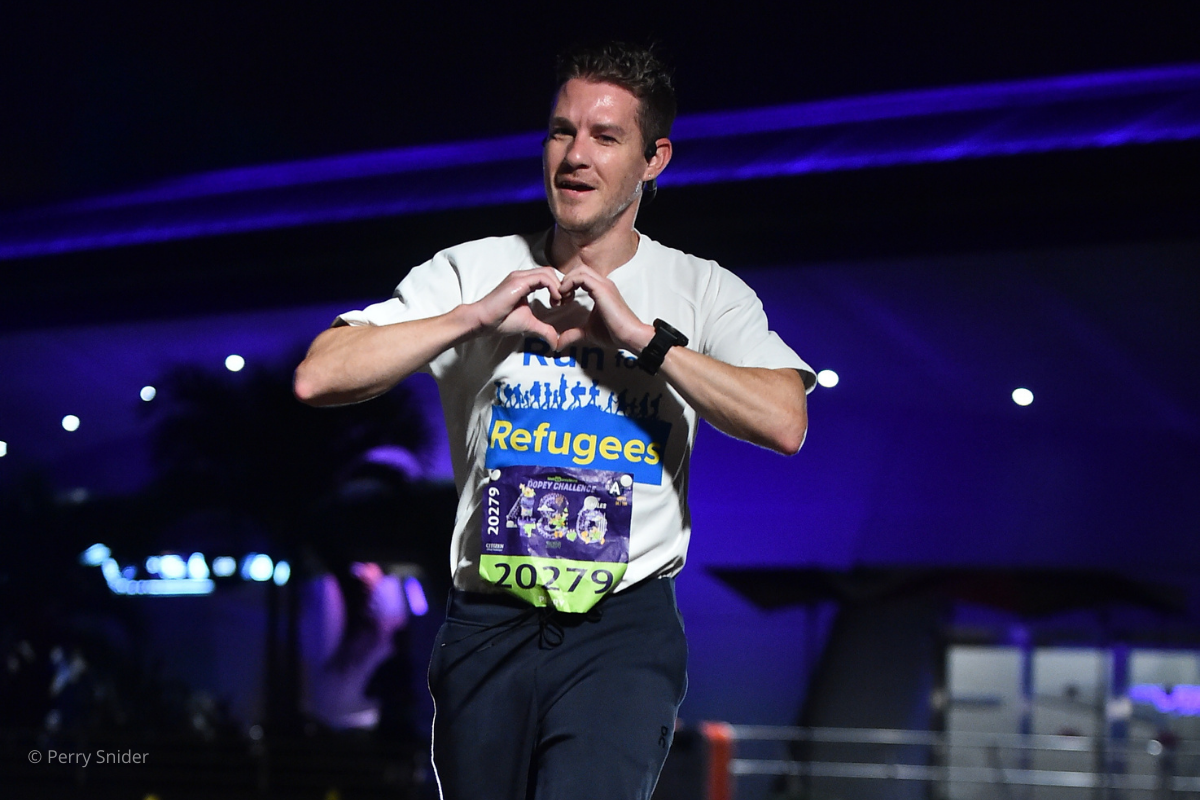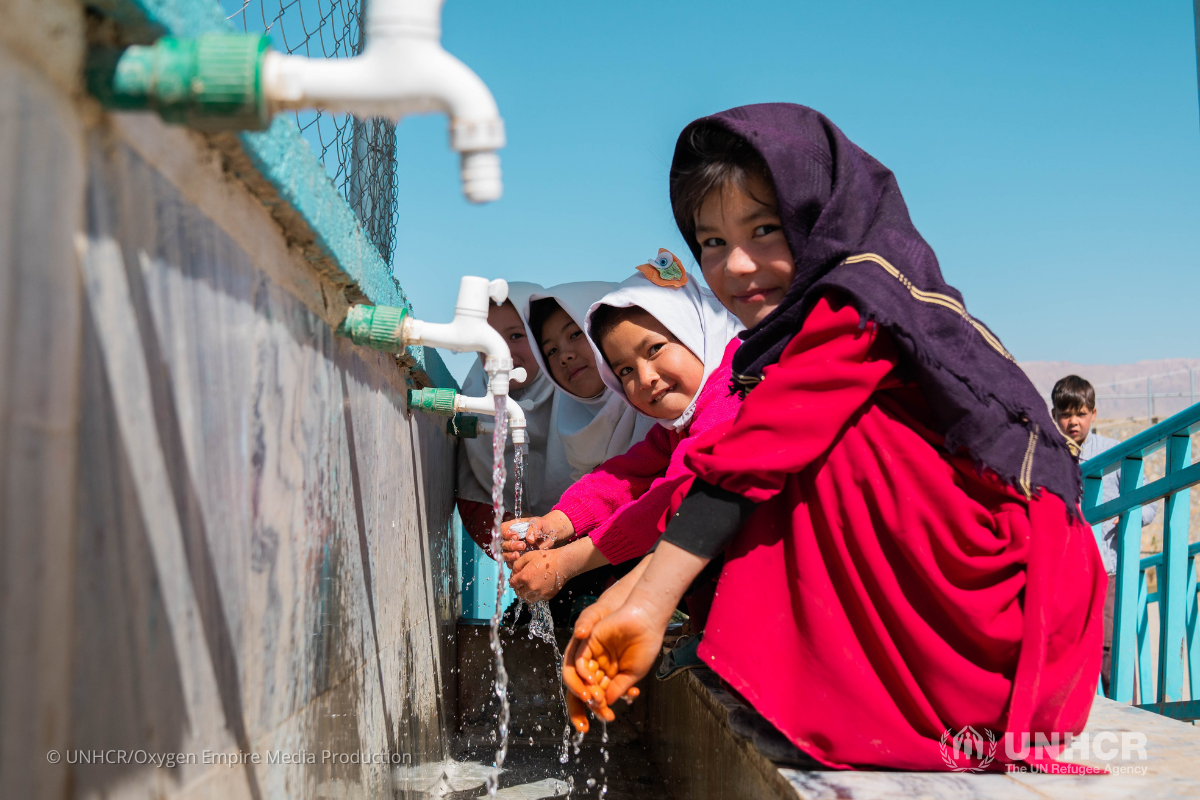Top Climate Emergencies Impacting Refugees in 2022
All over the world, human-induced climate change is accelerating and causing dangerous disruptions to nature and people. Those with the least means to adapt are being hit the hardest, including refugees, internally displaced and stateless people. According to UNHCR, more than 80 percent of refugees and internally displaced people come from countries vulnerable to climate change and live in dangerous conflict situations exacerbated by droughts, monsoon rains and floods. UNHCR is on the ground providing humanitarian assistance to refugees impacted by conflict and climate change displacement, but underfunding threatens the ability to meet urgent needs.
Here are the top climate emergencies impacting refugees in 2022:
1. Horn of Africa Drought Emergency
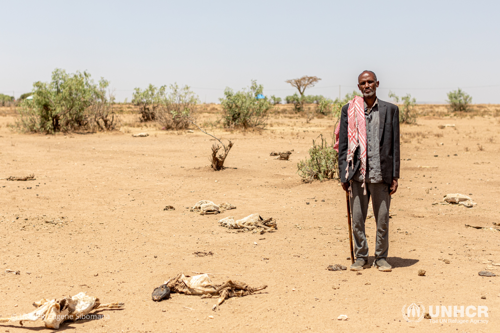
An estimated 18.4 million people living in the Horn of Africa are facing severe hunger as a result of a catastrophic drought that is drying up water resources, devastating crops and livestock and threatening the livelihood of millions of farmers in the region.
The Horn of Africa is experiencing the worst drought in 40 years after four consecutive failed rainy seasons since 2019. Climate change is driving the ongoing drought in the Horn of Africa, with naturally occurring climate events like La Niña exacerbated by human-induced global warming. La Niña is a natural large-scale cooling of ocean surface temperature in the central and eastern equatorial Pacific Ocean that is causing dry weather and high temperatures in East Africa. In addition to food shortages caused by the drought, millions of people in Somalia, Ethiopia and Kenya are feeling the ripple effects of the war in Ukraine with a rise in global food and commodity prices for staples such as grain and cereal.
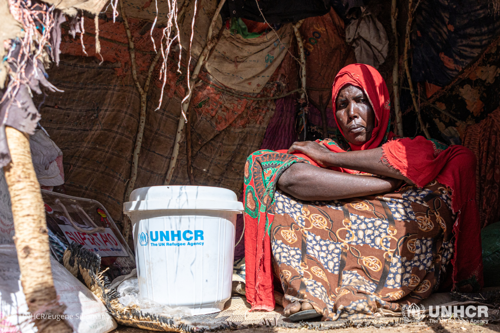
“We have never seen drought like this, it has affected everyone. We have named it ‘the unseen’. I can’t count the number of people that were displaced with us,” says Ardo, a mother of four who trekked 260 kilometers with a group of people from her village in the Eastern Somali region of Ethiopia to reach a small township near the region’s capital.
More people like Ardo will be forced to flee internally and cross borders as conflict and climate threats in the region worsen. The drought is also having a devastating impact on existing refugees and internally displaced people in Somalia, Ethiopia and Kenya, and on the host communities.
2. Afghanistan Earthquake
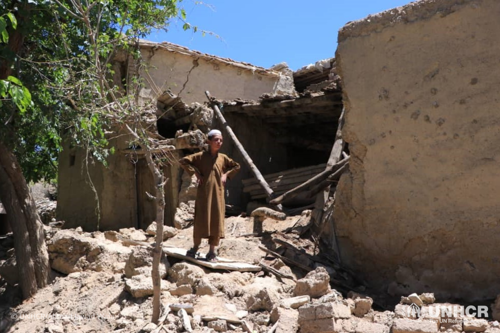
A year ago, the dramatic scenes at Kabul airport gripped the world as Afghans rushed to escape ahead of the Taliban’s takeover of Kabul. Those dramatic scenes highlighted the growing instability and violence in Afghanistan and the threat of further displacement. After a year, millions of Afghans remain trapped in a humanitarian crisis while simultaneously dealing with life-threatening climate and natural disasters.
In the past year, Afghanistan was struck by a severe drought that withered crops and reduced groundwater levels, an intense heatwave that led to multiple wildfires and heavy summer downpours and flash flooding. In addition to these climate disasters, the worst earthquake to hit the country in the last twenty years struck in June 2022 — a 5.9 magnitude earthquake that killed at least 1,000 people including 250 children. The earthquake damaged or destroyed at least 70 percent of the houses in the most impacted areas.
The Afghan people have been pushed to the limit by prolonged conflict, high levels of displacement, the impact of COVID-19, natural disasters and deepening poverty. More humanitarian assistance is desperately needed to support Afghans, especially for the coming winter, but UNHCR’s response inside Afghanistan remains only 41 percent funded.
3. Bangladesh Monsoons
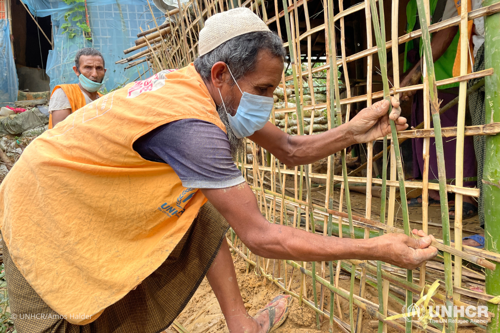
Since 2017, more than one million Rohingya have fled Myanmar, with more than 770,000 refugees from that mass exodus living in Bangladesh to this day. Prolonged displacement is not only depriving Rohingya of access to basic rights such as citizenship, education and the job market, it is also putting their lives at risk with the annual threat of monsoon season.
Rohingya refugees living in the Kutupalong refugee camp in Cox’s Bazar, the southern region of Bangladesh, are currently facing another devastating monsoon season. This is the fifth continuous year that many are facing extreme weather conditions. Each year, from June to October, monsoon season brings heavy rainfall and high winds that increase the risk of floods and landslides, damage to infrastructure and loss of life. Rohingya refugees living in Cox’s Bazar are particularly vulnerable to the impacts of monsoon season as many live in makeshift shelters situated on muddy and hilly terrain.
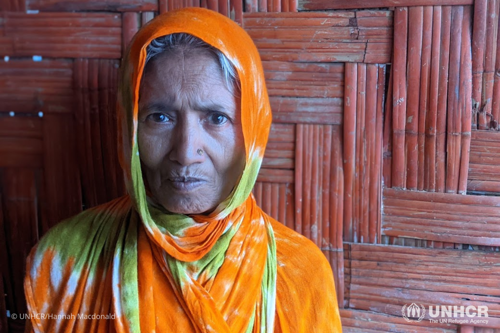
“I felt helpless, I didn’t understand where to go,” says Meher Katun. “The water was rising so fast that we couldn’t go back. Most of our belongings were washed away.” Meher, a 60-year old woman who lives in a refugee camp in Cox’s Bazar with her son, daughter-in-law and grandchild was forced to flee her shelter last year due to dangerous flooding.
Bangladesh is one of several locations around the world where UNHCR’s work is at high risk of serious underfunding. UNHCR estimates the crisis in Bangladesh is currently less than 30 percent funded. If underfunding persists, UNHCR will not be able to continue planned infrastructure projects, repair of refugee shelters and training for refugee teachers, community health workers, climate activists and more.
4. Mozambique Cyclones
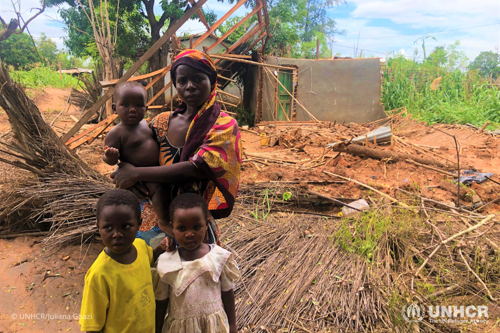
The situation in northern Mozambique is considered one of UNHCR’s most underfunded and forgotten emergencies. Since the conflict in Cabo Delgado began in 2017, more than 735,000 people have been forced to flee their homes. Renewed violence in the first quarter of 2022 displaced an additional 24,000 people. Extreme climate events are posing additional challenges to both displaced people and host communities in northern Mozambique.
In March 2022, Tropical Cyclone Gombe struck the Nampula province of northern Mozambique — destroying homes, flooding farmlands and forcing people to flee in search of safety. More than 380,000 people were affected in Nampula province alone, including tens of thousands of displaced people. Gombe was the strongest storm to strike Mozambique since Cyclones Idai and Kenneth wreaked havoc in the spring of 2019, killing hundreds and displacing some 2.2 million people.
UNHCR is mobilizing urgently needed shelter and other essential items to assist 62,000 refugees, internally displaced people and host community members. More support is urgently needed to protect people forced to flee in Mozambique, but UNHCR’s operations in the country are only 11 percent funded.
How to Help…
Climate change is impacting refugees, internally displaced and stateless people around the world. UNHCR is on the ground providing lifesaving aid, protection and hope to hundreds of thousands of refugees impacted by these devastating emergencies, but your help is needed to sustain this life saving assistance. Becoming a monthly donor is the most effective way to help displaced individuals facing climate emergencies. Make a difference in the lives of refugees by becoming USA for UNHCR’s newest monthly donor.
